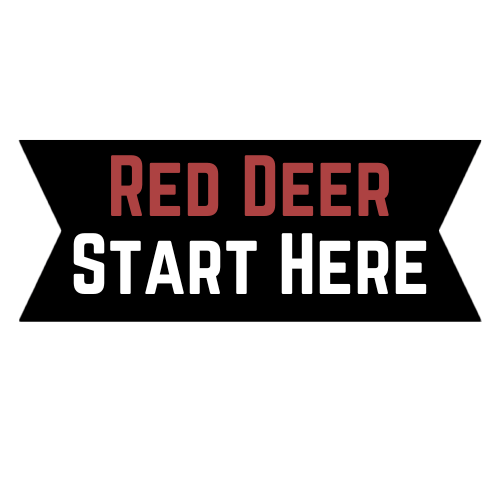Lean Canvas and Business Planning
Lean Canvas and Business Planning for Startups
The Lean Canvas is a strategic management tool designed for startups to quickly sketch out and validate their business ideas. This page explains how to use the Lean Canvas for effective business planning.
Introduction to the Lean Canvas
1. What is the Lean Canvas?
- A one-page business plan template that helps startups deconstruct their idea into key assumptions.
- Adapted from the Business Model Canvas by Ash Maurya specifically for startups.
2. Benefits of Using Lean Canvas:
- Quick to create and easy to iterate.
- Focuses on problems, solutions, key metrics, and competitive advantages.
- Encourages a lean approach to business modeling.
Sections of the Lean Canvas
1. Problem:
- List the top problems your product or service aims to solve.
- Understanding the customer's pain points.
2. Customer Segments:
- Identifying specific groups of people or organizations your startup aims to serve.
3. Unique Value Proposition:
- A clear statement that describes the benefit of your offer, how you solve customers' needs, and what distinguishes you from competitors.
4. Solution:
- Outline the possible solutions for the problems identified.
- How does your product or service address these problems?
5. Channels:
- The paths you will use to reach your customers (marketing, distribution channels).
6. Revenue Streams:
- How your startup will make money (sales, subscriptions, ads, etc.).
7. Cost Structure:
- List the significant costs involved in operating your business.
8. Key Metrics:
- The key numbers that tell you how your business is performing in terms of growth, sales, and customer engagement.
9. Unfair Advantage:
- Something that cannot be easily copied or bought by your competitors.
Using the Lean Canvas for Business Planning
1. Iterative Process:
- Continuously update your Lean Canvas as you learn more about your market, customers, and business.
- Use it as a living document, not a one-time task.
2. Testing and Validation:
- Use the Lean Canvas to guide your customer interviews, product development, and market testing.
- Validate or invalidate your assumptions.
3. Communicating Your Business Idea:
- Use the Lean Canvas as a tool to communicate your business idea succinctly to team members, investors, and partners.
The Lean Canvas is an invaluable tool for startups, enabling them to develop and refine their business models rapidly. It encourages a focus on what's most important, facilitating a lean and agile approach to business planning.
